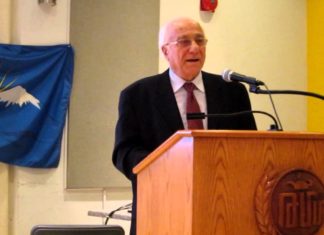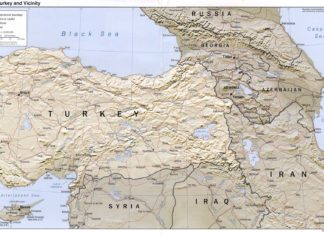By Edmond Y. Azadian
Any crisis in an Armenian community is a crisis for the entire Armenian nation, wherever they may be living.
Those people who fail to see that perspective may have lost their compass regarding their sense of ethnic identity. With the Genocide, the Turks not only snuffed the lives of the martyrs, they also triggered a process of alienation among the living. Thus any assimilated Armenian adds to the number of the martyrs, because their psyches as well as flesh and blood react differently to any tragedy afflicting the Armenians.
Thus, after the Genocide, a wave of exiled Armenians leaving their ancestral homeland crashed on the shores of the countries of the Middle East — Egypt, Lebanon, Syria, Jordan, Iran, etc. — as well as further afield. Armenians have historically demonstrated that they blossom and thrive faster in foreign lands than on their own.
The settlement in mostly-Muslim countries proved one essential point: that Islam was not the driving factor behind the Genocide, as Muslim brethren of the Turks were offering succor to Armenians in their most bleak time of need. Armenians — who were received with open arms in Middle Eastern countries — experienced a lesser degree of discrimination than those who had settled in Europe and the US. Therefore, they integrated in their host societies but did not assimilate, perhaps as a result of the inherent taboo in both cultures of converting from either religion to the other. There they established their churches, schools and publications and organized their communities in a brief period of time.
Then, starting about four decades back, a second wave of Armenian emigration from Middle Eastern countries to Europe, Australia and the United States began, this time around with a high rate of attrition. The revolutions, turmoil and civil strife that gripped many of these countries in the Middle East once again forced Armenians to seek safer havens. The revolution in Iran was a devastating blow to the well-established community there. The Nasserite revolution in Egypt expropriated the wealth of individual Armenians and their institutions, driving the families out of the country. The Lebanese civil war, which lasted 16 years, deci- mated that flourishing community. After Jerusalem was annexed by Israel, the 25,000-strong Armenian community was reduced to 1,000.







